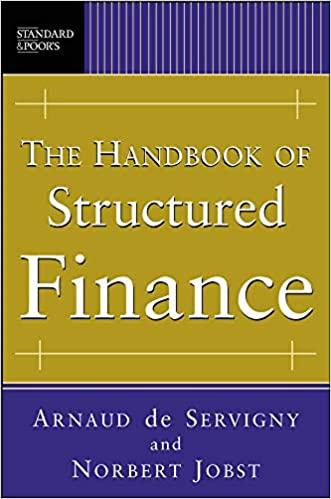Question
Based on the attached data about US capital market history (Years 1926-2007) on Excel --- same as Figure 12-10 on your textbook or PowerPoint, tell
 Based on the attached data about US capital market history (Years 1926-2007) on Excel --- same as Figure 12-10 on your textbook or PowerPoint, tell me:
Based on the attached data about US capital market history (Years 1926-2007) on Excel --- same as Figure 12-10 on your textbook or PowerPoint, tell me:
Which type of asset has the largest annual average "return"? Which type of asset has the largest "risk" in term of standard deviation? Which type of asset has the smallest annual average "return"? Which type of asset has the smallest "risk" in term of standard deviation? Do such findings support the hypothesis "the greater risk is, the greater return should be"? (Please note that "inflation" in the list is not included as a type of asset.)
PARTS FIGURE 1210 O Historical Retums Standard Deviations and Frequency Distributions 1926-2007 AVERAGE RETURN STANDARo DEVIATION OISTRIBUTION 12.3% 20 0% lal 17.1 326 -47.7%-27.7 6.2 8.4 5.8 9.2 will end up within bability of being more tha s. that we These ranges and To see why this is useful on the large-company stock govenment bonds 5.5 5.7 that the frequency dist return in a given year is i one standard deviation,2 In other words, there is a This literally tells you t outside this range in on about stock market vol that we would end up minus 2 20%). They U.S. Treasury bills 3.8 3.1 3.1 The 1933 small-company stociks total rturn was 142.9 percent Cricago: Momingstan), Al rights reserved onn Modified from Stocks Bn n fn okualy tes work by Roger G. lobotson and Rex A Sinqueted THE SECOND LESS Our observations coStep by Step Solution
There are 3 Steps involved in it
Step: 1

Get Instant Access to Expert-Tailored Solutions
See step-by-step solutions with expert insights and AI powered tools for academic success
Step: 2

Step: 3

Ace Your Homework with AI
Get the answers you need in no time with our AI-driven, step-by-step assistance
Get Started


